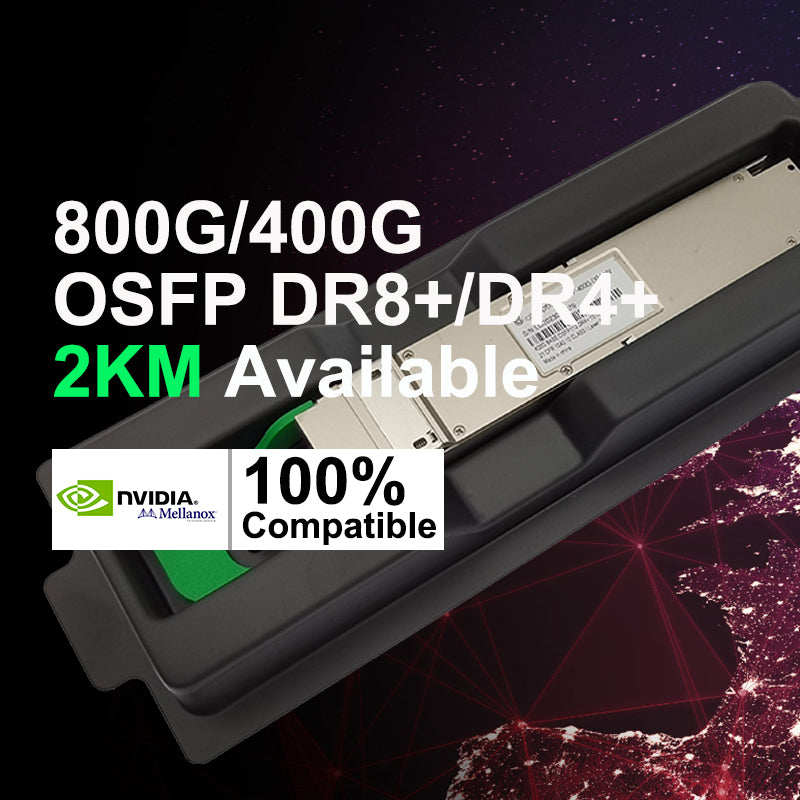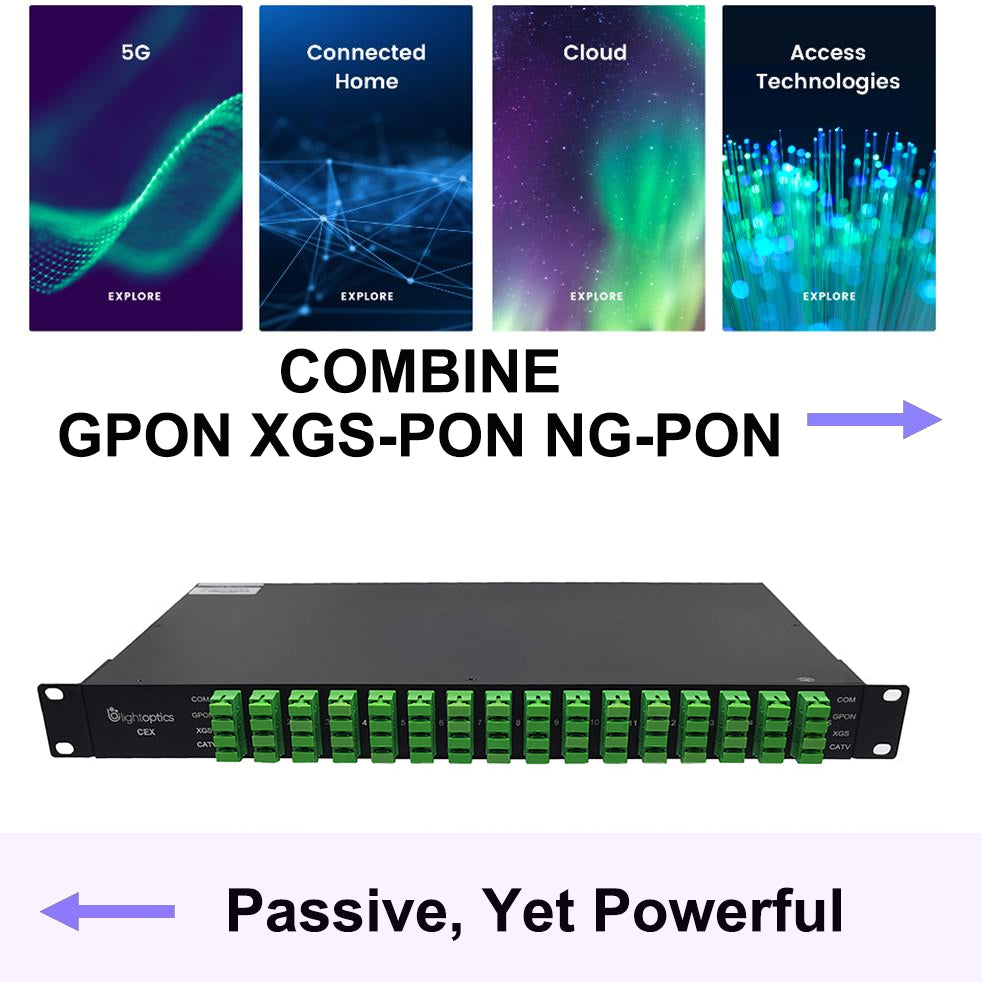Understanding WDM MUX/DEMUX Ports and Its Application
Understanding WDM MUX/DEMUX Ports and Its Application
In large scale digital systems, a single line is required to carry on two or more digital signals. The shortcut forms of the multiplexer and demultiplexers are mux and demux.Some multiplexers perform both multiplexing and demultiplexing operations. The main function of the multiplexer is that it combines input signals, allows data compression, and shares a single transmission channel. This article gives an overview of multiplexer and demultiplexer.
What are Mux/Demux?
An optical Mux/Demux is probably the simplest, most basic component in a wavelength division multiplexing (WDM) system. It is passive (unpowered) and generally uncooled. Yet it is an extremely powerful device in terms of how it has transformed communications networks to enable extensive amounts of information to be transported extremely long distances.
These are two identical, bidirectional Mux/Demux devices which would be used to combine (multiplex) optical signals of various wavelengths for transmission through a single fiber, and then separate (demultiplex) the signal on the other end.

ACCESS
Access Networks are known as “the edge”. This is where data is transferred back and forth from, for example, individual users at residences, on cell phones or at desks in large office buildings.
PON, CWDM and DWDM may all be used in the Access space. Typically, a good rule of thumb is to use CWDM (Coarse WDM) for shorter distances & fewer channels and DWDM for longer distances and more channels. PON architecture is ideal for home internet, voice and video applications. Determining the optimum network design and how to best utilize Mux/Demux filters involves several factors and requires a thorough understanding of your network environment and system requirements.
A CWDM system commonly supports eight wavelengths for 10G data rate networks and is not generally suited for fiber spans longer than 80km due to optical amplifier constraints in the CWDM wavelength spectrum. The limitations of CWDM, along with the ravenous pace at which bandwidth appetites are growing in the Access space, is finding DWDM favorable to legacy CWDM solutions. DWDM provides a scalable, multi-channel solution, commonly supporting 40 to 48 wavelengths on a single fiber using 100 GHz spacing.
PON
Because PON uses the same strand of fiber to send and receive data, the passive optical splitter also acts as an optical combiner receiving data traffic from the same connected end devices. To achieve this, PON takes advantage of two distinct types of long-established telephony multiplexing concepts: wavelength division and time division.
Wavelength-division multiplexing (WDM) allows bidirectional traffic across a single fiber by using a different wavelength for each direction of traffic: the 1490-nanometer (nm) wavelength for downstream traffic and the 1310-nm wavelength for upstream traffic. The 1550-nm wavelength is reserved for optional overlay services, typically RF (analog) video.
Future iterations of the PON standard will define separate wavelengths for backward compatibility.
Time-division multiplexing (TDM) allows multiple end devices to transmit and receive independent signals across a single fiber by reserving time slots in a stream of data. PON uses two such technologies: TDM for downstream traffic and time-division multiple access (TDMA) for upstream traffic.
As a passive device, the splitter acts as distribution point, with the single feed of downstream data broadcast to all connected ONT endpoints. The ONT accepts packets assigned to its TDM channel (frame time slot). It filters and discards packets meant for other ONTs.
TDMA enables multiple transmitters to be connected to one receiver. For PON, TDMA is used to recombine the multiple upstream feeds at the coupler. A splitter and a coupler are often found in one device.
Conclusion
In order to improve the efficiency of network transmission, DWDM technology is often deployed in equipment. DWDM Mux/Demux is now recommended as one of the most cost-effective network solutions with extended fiber capabilities. If you need to design and deploy a network that truly leverages the power of Mux/Demux technology, please contact us and we will give you a perfect solution.












